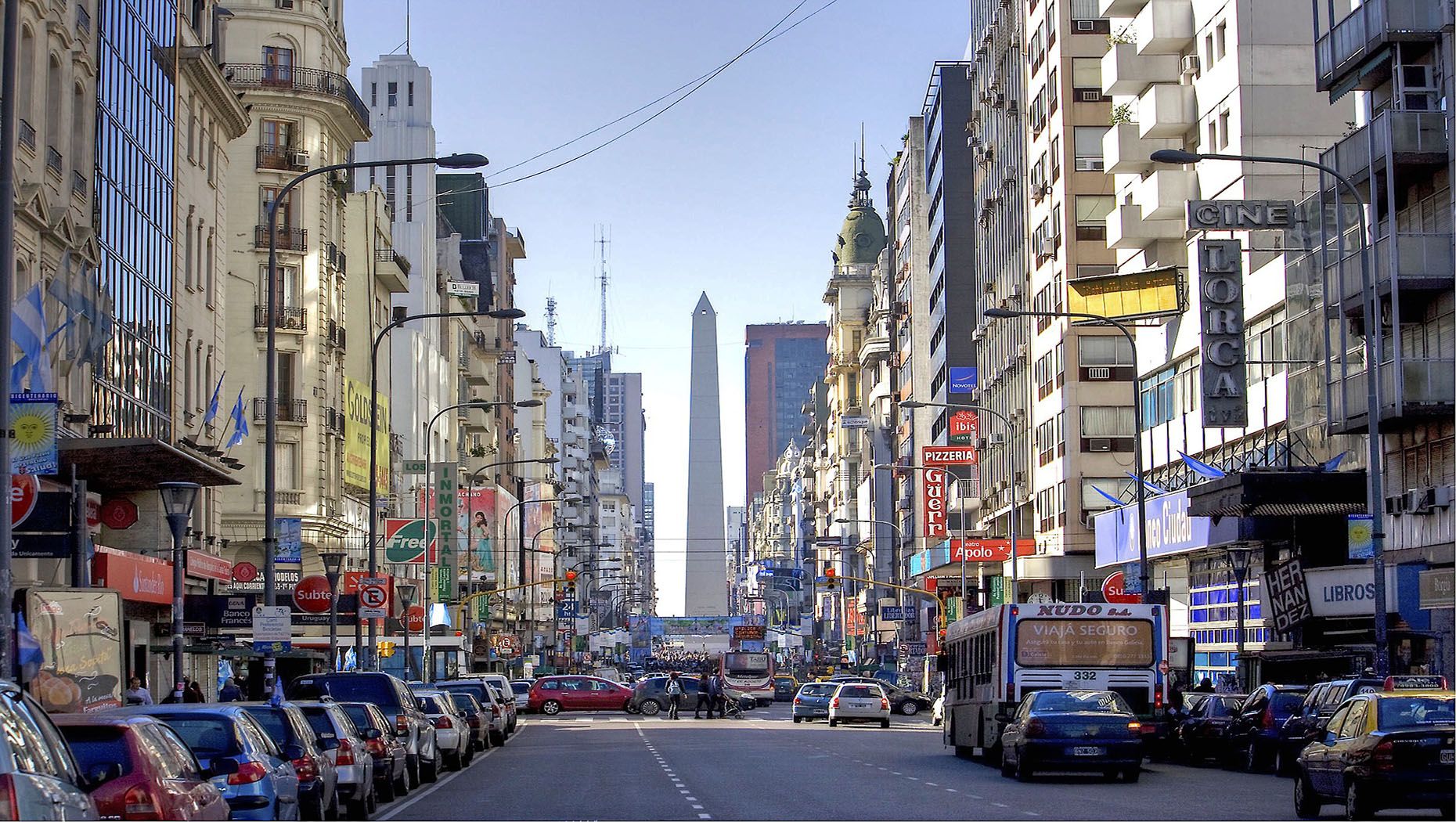Buenos Aires is a huge city to navigate. While it is pedestrian friendly and you can cover a lot of ground on foot (providing you look before you cross the road) the distances can be far so you will need to take some form of transportation to get from one side of the city to the other. Here’s our guide to getting around in Buenos Aires.
Pick up a SUBE card
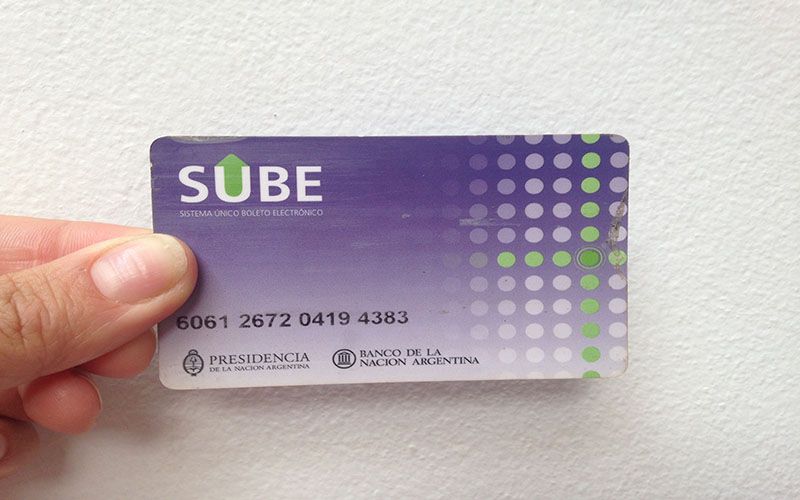
The SUBE card is your golden ticket to riding the city’s public transportation system, covering the bus, subway and train. You can purchase one in any subway station or kiosco or loteria that displays the SUBE sign in the window. The rechargeable card costs AR$25, and you can then top it up with the amount you wish. To find your nearest point of sale, the SUBE website has a map of SUBE vendors. If you find yourself in a rush and sin crédito, don’t worry as you can go overdrawn on your card up to around ARG $20 pesos.
Riding the colectivo
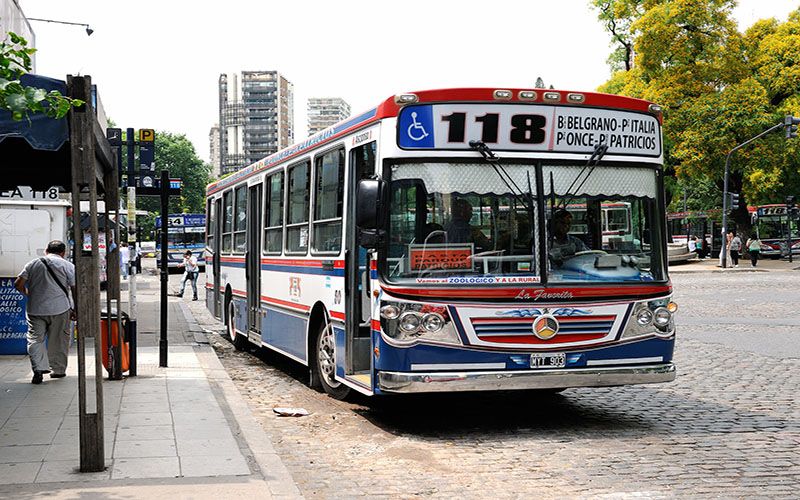
The most economical way to get around the city is on the bus, or colectivo. There are innumerable bus lines that run daily at regular intervals, 24 hours a day, and will take you pretty much anywhere you need to go in the city. It’s not always the quickest or most comfortable form of transportation, particularly during rush hour, when the commuters pile on and the traffic is bad, but you’ll get used to it.
Getting to know the different bus numbers and routes takes time but the easiest way to do it is via the Como Llego website (they also have an app you can download onto your phone) where you can type in where you’re going and map out where to get on and off (you can also map out your subway, walking and biking routes with it too). If you’re the only one waiting at the bus stop, be sure to hold out your hand to signal the bus to stop. Fares within the city range between ARG$ 6 and ARG 6.50 (at the time of writing). Tell the bus driver where you’re going and he’ll select the correct fare.
Going underground
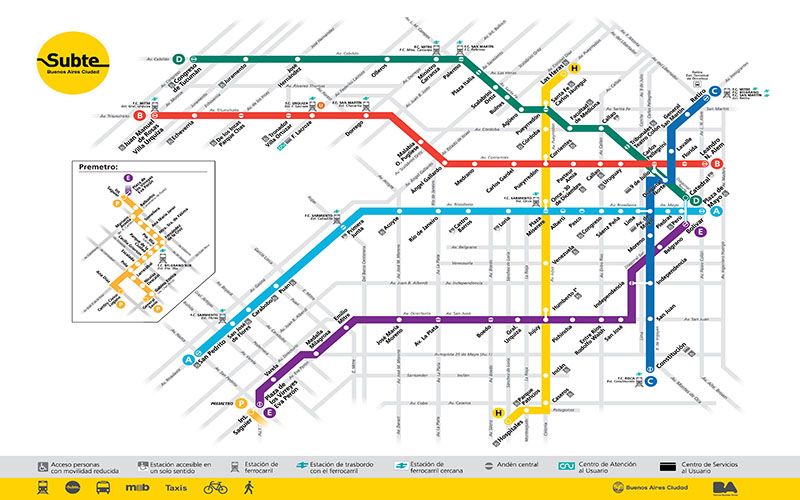
The Buenos Aires subway (a.k.a. the subte) is one of the oldest in Latin America. When there are no strikes or delays, it’s one of the quickest ways to get across the city. There are six main lines A, B, C, D, E and H to take you where you want to go. The trains run every 3 to 10 minutes from 5am to 10.30pm or 11am Monday to Saturday (depending on the line) and from 8am to 10pm or 10.30pm on Sunday and public holidays. You can use your SUBE card and a single ride is between ARG$ 6 and ARG$ 7.50 depending on how frequently you ride it every month. Check that you’re on the platform going the right direction before you board the train as not all subway station entrances give you access to both platforms. While you’re on the train, keep an eye on your mobile phone and other belongings as pickpocketing is common.
Taking a taxi
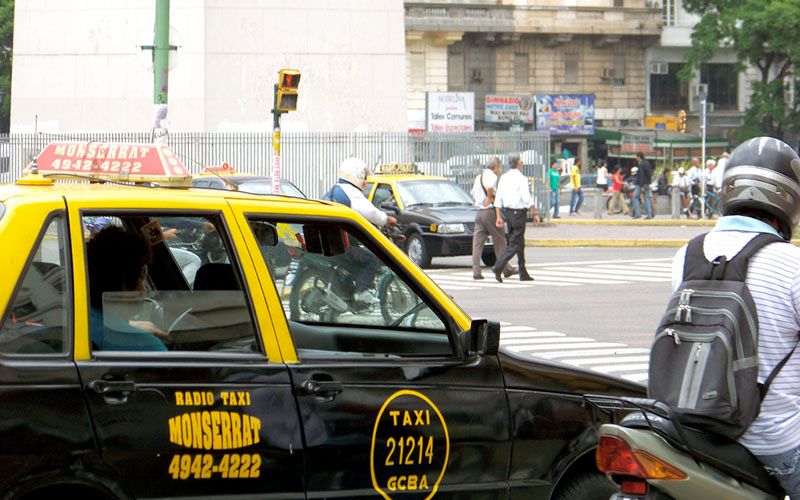
Compared to other major cities in the world, taxis in Buenos Aires are still relatively cheap but, due to inflation, the fares have been bumped up significantly in recent times. The city’s signature black and yellow taxis are easy to spot and flag down, as they’re everywhere. If the red libre sign in the windscreen is illuminated, the cab is usually free. When giving the address of where you’re going, try to give the cross streets rather than the street number but if you’re worried about communicating with the driver (as not many of them speak English) write down the address on a piece of paper. While taxis are generally safe, it’s always safest to hail an official radio taxi. And it’s a good idea to have an idea of your route to make sure the driver doesn’t take you on a roundabout way as the taxis run on meters. If you can’t find a taxi on the street, you can call one via the Easy Taxi app.
Uber works
The Uber app works in Buenos Aires and you can choose to pay by card or in cash. As in most cities, Uber drivers have been in conflict with the taxi drivers and so your driver may ask you to sit in the front of the car to avoid any suspicion. Uber is the safest way to get around, particularly if you’re on your own at night, but since there is still a lack of drivers and demand in Buenos Aires, there’s often surge pricing. Another local app to try is Cabify.
Biking around
There was a time when you wouldn’t even consider cycling around in BA but the city now boasts over 130km of cycle lanes (check the Como Llego app for how to get to your destination) and it’s a quick and fun way to get around the city. While brand new bikes are expensive, you can pick up a cheap secondhand bike by checking Facebook pages such as BA Classifieds. There’s also the free bicycle share scheme, Ecobici that allows you to use one of the city’s public bikes for up to one hour Monday to Friday and two hours at the weekend. You can register for the service here.
Train to the suburbs
If you want to visit Tigre for the day or another destination in the Buenos Aires province, the train is a very efficient and economical option and you can travel using your SUBE card. The main stations in the city for traveling north to Tigre and the neighboring suburbs are Retiro and Belgrano. Again, watch your belongings when you’re in the busy train stations.
Got any other useful travel information for Buenos Aires? Please share them with our readers in the comments below.
Originally published on Ailola by Sophie Lloyd on November 3, 2017.
